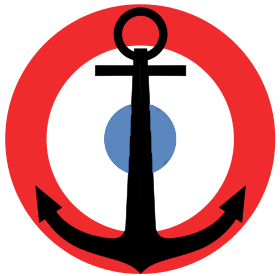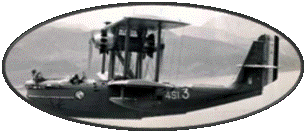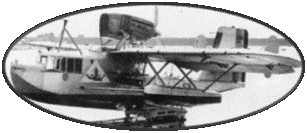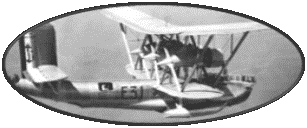History
of the Ship
Ten "De Bougainville"
class ships will be built between 1931 and 1940. Eight of them will
return to service before the Armistice of June 1940. The last two
will not be completed in time. These vessels, designated "avisos
for distant campaigns" were capable of a large range, and their
shallow draft should allow them to go up the rivers of Asia and
Africa. The Avisos of this class will be the first French surface
ships to be fitted with diesel engines.
The construction of the Aviso
"Savorgnan De Brezza" was entrusted to Ateliers et Chantiers
Maritimes du Sud-Ouest de Bordeaux on December 06, 1929. The new
ship, launched on June 18, 1931 will enter into service on February
21, 1932 after having completed its tests .
Until February 1940, the
Aviso was assigned to the Far Eastern naval forces. Back in France,
he participated, at the end of May 1940, in the re-embarkation of
Franco-British troops cornered in the pocket of Dunkirk. On June
22, 1940, at the Armisitice, the "Savorgnan De Brezza"
was present in a British port. On July 3, the ship was seized by
the British during the launch of operation "Catapult".
This operation consisted in preventing that French ships fall into
the hands of the Germans or Italians by capturing or destroying
them: Mers El Kébir will from now on be inevitable ... The
Aviso "Savorgnan de Brezza" rearmed, will be assigned
to the French Naval Forces free. Under this flag, he will take part
in the combats of Dakar, from September 23 to 25, 1940, and in the
battle of Libreville on November 9, 1940. During this one, he had
to face the advice "Le Bougainville" of the Navy from
Vichy. This ship, sister-ship of the "Savorgnan De Brezza",
had only part of the crew on board, the other having remained ashore.
The fight quickly turned to the advantage of the FNFL ship with
faster fire: the "Bougainville" was burned and sunk.
Between June 1941 and April
1942, He participated in the blockade of Djibouti, then held by
the Vichy Forces. He will then be assigned to convoy escort missions
in the Atlantic. The Aviso will, around June 1943, be based in Madagascar.
He ended the War in the Pacific with the British Fleet.
After the Armistice, he will
join Indochina and take part in the bombing of Haiphong on November
23, 1946. This operation decided to establish the French position
in Indochina will make nearly 6000 deaths in the Indochinese population
and will mark the beginning of the Indochina war .
The Aviso "Savorgnan
de Brezza" was finally decommissioned in 1957.









